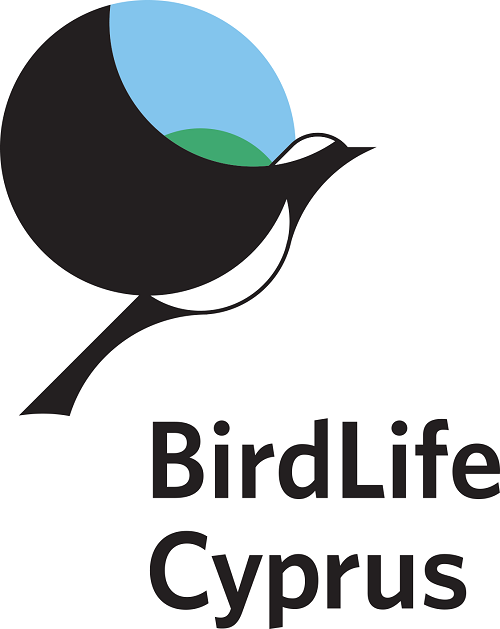- Projects
Oroklini Lake: An important wetland rich in biodiversity
Wetlands are among the most fragile ecosystems, especially Mediterranean wetlands. Oroklini Lake is the smallest Natura 2000 site in Cyprus, covering an area of about 50ha. Oroklini Lake was facing a number of threats until an EU funded project with the involvement of key stakeholders implemented between 2012-2014 tackled these threats and initiated collaborations for the restoration of this important wetland.
Why is Oroklini Lake important?
Oroklini Lake is home to a number of flora and fauna species. To protect its special wildlife Oroklini Lake is designated a Special Protection Area (SPA) under the EU Birds Directive, and a Site of Community Importance (SCI) under the EU Habitats Directive.
Oroklini Lake is a Natura 2000 site and is especially important for two bird species, the Black-winged Stilt Himantopus Himantopus, for which Oroklini Lake is the best nesting site in Cyprus, and the Spur-winged Lapwing Vanellus spinosus. It is worth noting that Cyprus holds more than 50% of the EU breeding population of the Spur-winged Lapwing and on a local scale, Oroklini Lake is one of the top 5 areas in Cyprus for the reproduction of this species.
In total, 190 bird species have been recorded at the site. The site is also classified as a SCI under the Habitats Directive (92/43/EEC) for its halophytic marsh vegetation.
Restoring Oroklini Lake
A groundbreaking project, co-funded by the LIFE program of the European Union started in January 2012 to restore and manage Oroklini Lake with the aim to address the main threats of the site.
The 3-year project’s beneficiaries were the Game and Fauna Service as lead beneficiary, BirdLife Cyprus as the coordinator, the Department of the Environment, the Department of Forests and the Voroklini Community Council.
The LIFE Oroklini project consisted of both conservation and awareness-raising actions that tackled the pressures threatening this important wetland. Conservation actions included fencing of the lake to prevent disturbance from motor vehicles and motorcycles that enter the lake during dry seasons, removal of invasive alien plant species, planting of native shrubs and trees, water management and restoration of the area where a flea market used to operate illegally.
The site was also promoted through information material and activities. Such activities included the installation of notice boards at the site, the construction of a visitor information point with a hide for birdwatching, a photo competition for the production of a photo album, a volunteer-based ‘Clean Oroklini Day’ and information material for schools and the wider public. In this way, the project played a significant role on raising public awareness for the wetland. Oroklini Lake has attracted many nature enthusiasts.
Thanks to the project, we achieved the restoration of an important but degraded wetland, which now can serve as an example for other sites. Through the project, we managed to raise public awareness in the area for this important site, which now can be used for environmental education purposes by schools. At the same time, the project has helped manage the water level of the lake. Moreover, the involvement of the five project partners has played a key role in the project’s success in restoring and managing Oroklini Lake and for building support in the community for this important site.
To learn more about Oroklini Lake and the project visit the project’s website on www.orokliniproject.org.



